
Micro Four Thirds photography is a popular choice for many photographers. In this guide, we’ll take a closer look at what Micro Four Thirds photography is, how it works, and why it’s a great choice for photographers.
Micro Four Thirds photography is a type of photography that uses a specific type of camera called a Micro Four Thirds camera. These cameras are designed to be smaller and more compact than traditional DSLR cameras, making them easier to carry around and use.

Micro Four Thirds cameras use a different type of sensor than traditional DSLR cameras. This sensor is smaller than the sensors used in DSLR cameras, but it still produces high-quality images. The smaller sensor also means that Micro Four Thirds cameras can use smaller lenses, which makes them even more compact and portable.
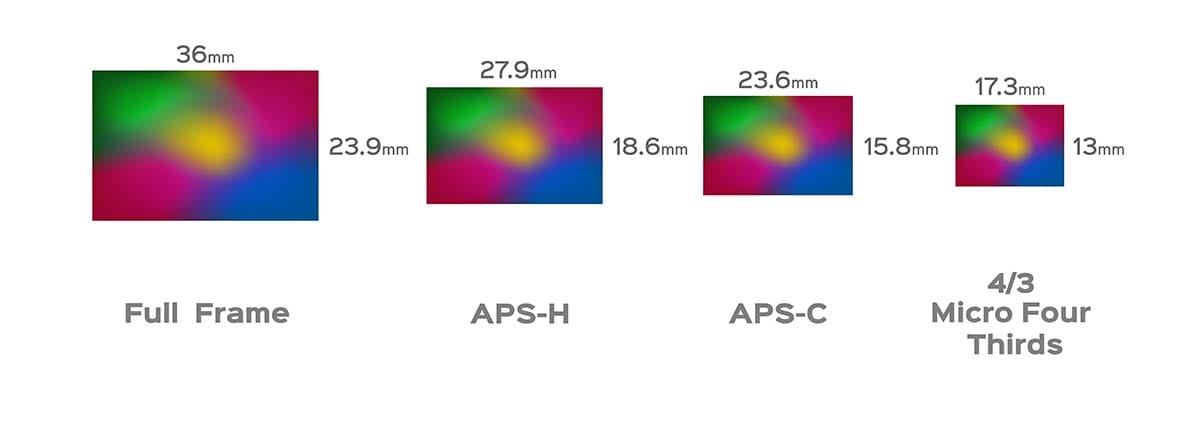
There are many advantages to using Micro Four Thirds cameras for photography. One of the biggest advantages is their size and portability. Micro Four Thirds cameras are much smaller and lighter than traditional DSLR cameras, which makes them easier to carry around and use.
Another advantage of Micro Four Thirds cameras is their image quality. Despite their smaller size, Micro Four Thirds cameras are capable of producing high-quality images that are comparable to those produced by DSLR cameras.

While there are many advantages to using Micro Four Thirds cameras for photography, there are also some disadvantages. One of the biggest disadvantages is the smaller sensor size. While the smaller sensor allows for smaller and more portable cameras, it also means that Micro Four Thirds cameras may not perform as well in low-light situations.
Another disadvantage of Micro Four Thirds cameras is the limited lens selection. While there are many lenses available for Micro Four Thirds cameras, the selection is still more limited than the selection available for traditional DSLR cameras.
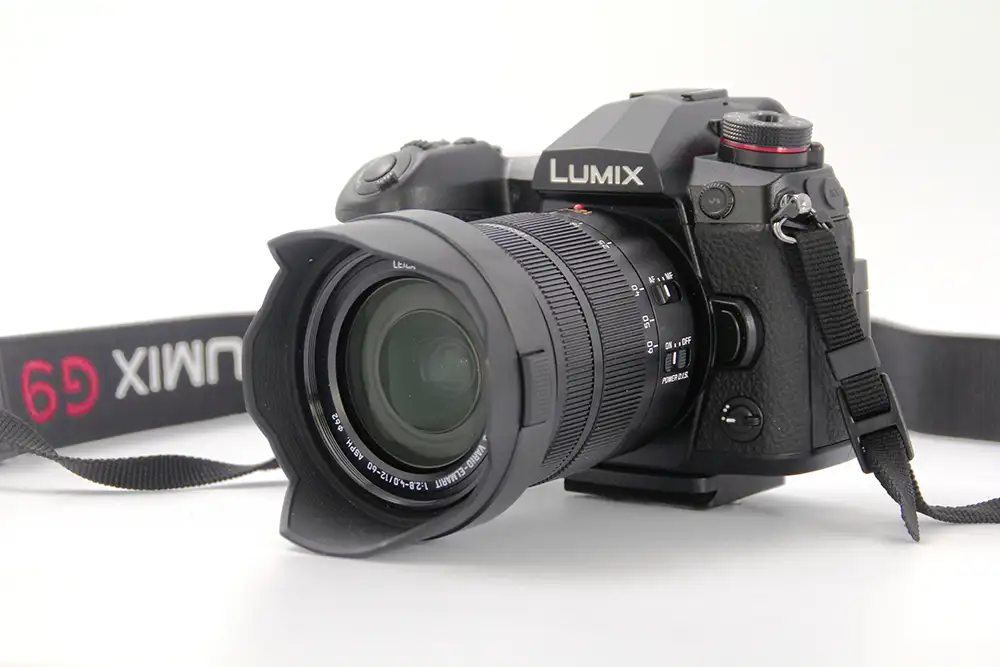
If you’re interested in Micro Four Thirds photography, there are a few tips that can help you get started. First, invest in a good quality Micro Four Thirds camera. Look for a camera that has a good sensor and a wide range of features.
Second, experiment with different lenses. While the selection of lenses for Micro Four Thirds cameras is more limited than the selection for traditional DSLR cameras, there are still many great lenses available. Try out different lenses to find the ones that work best for your photography style.
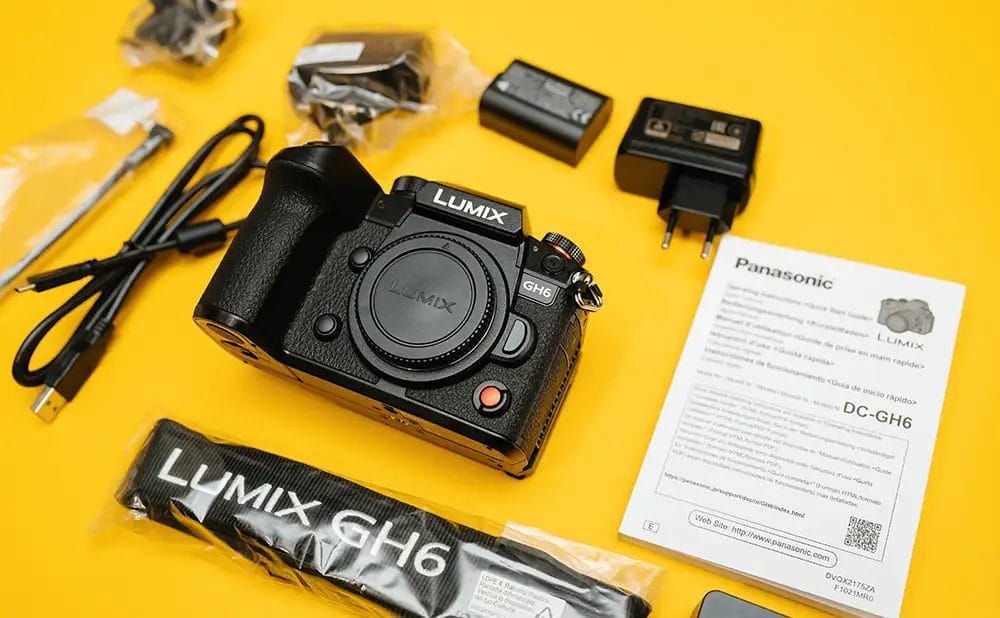
Here are some of the most popular Micro Four Thirds cameras available online today, along with their top specifications and strengths:
This is the best Micro Four Thirds camera for professionals. It has a 20-megapixel sensor and is packed with computational wizardry, astonishing image quality, fantastic ergonomics, and the best in-body image stabilisation system. It is great for stills photography.
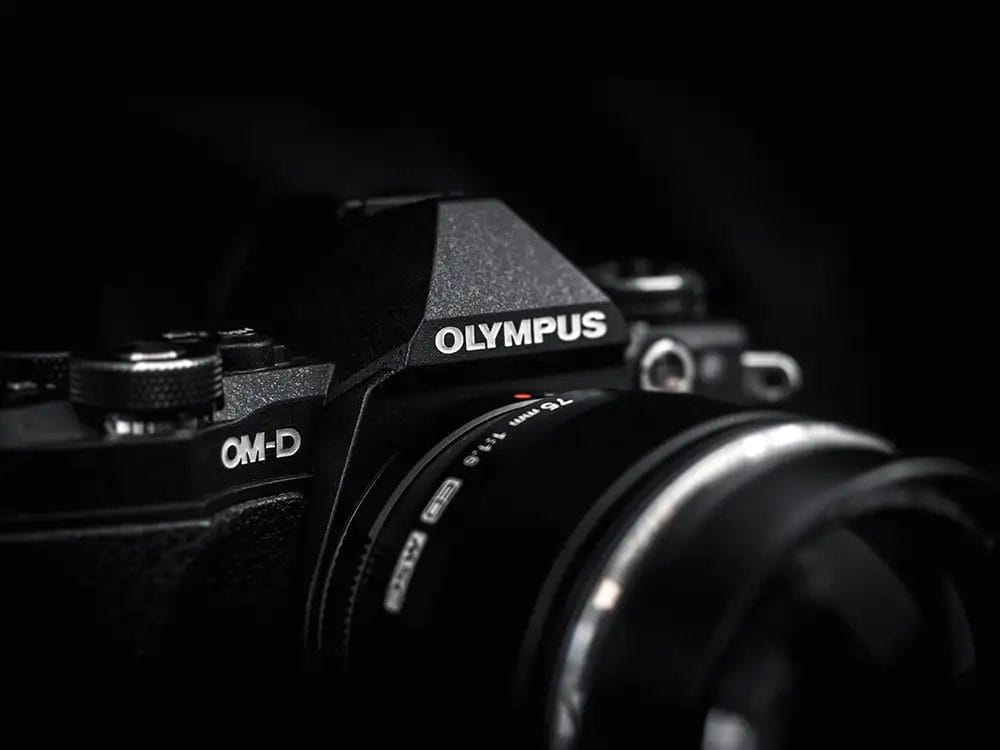
This camera is the best for videographers and content creators. It has a 25.2-megapixel sensor and is packed with video tech. It has a good autofocus system and is great for shooting videos.
This camera is the best for fast-moving subjects. It has a 20.4-megapixel sensor and is great for sports and wildlife photography. It has a good autofocus system and is great for capturing fast-moving subjects.
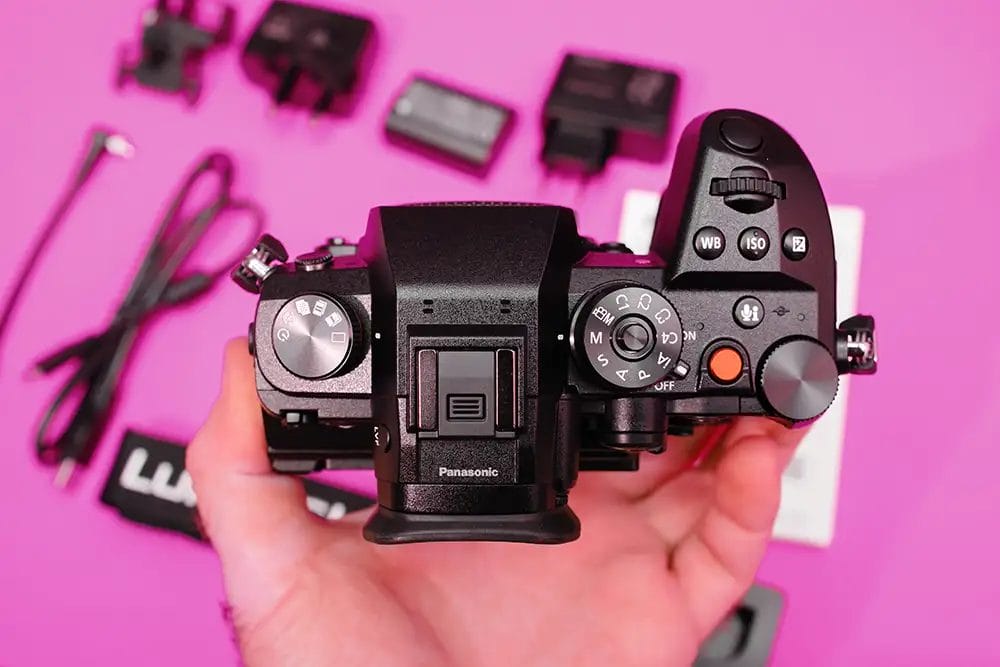
This camera is great for everyday shooting. It has a 20-megapixel sensor and is perfect for slipping in a sling bag and taking on every adventure so that you never miss a moment. It is great for stills photography.
This camera is the best lightweight Micro Four Thirds camera. It has a 20.3-megapixel sensor and is great for travel photography. It has a good autofocus system and is great for capturing fast-moving subjects.

This camera is the best budget Micro Four Thirds camera. It has a 20.3-megapixel sensor and is great for beginners. It has a good autofocus system and is great for capturing stills and videos.
Micro Four Thirds photography is a great choice for photographers who want a smaller, more portable camera that still produces high-quality images. While there are some disadvantages to using Micro Four Thirds cameras, the advantages far outweigh the disadvantages.
If you’re interested in Micro Four Thirds photography, invest in a good quality camera and experiment with different lenses to find the ones that work best for you.
(iPhotography may make small commissions from links in this article.)
Discover TOP features in the Lightroom CC mobile app with this guide for enhancing your photo editing skills. For desktop and tablet too.
Shooting sunsets using amazing 5-in-1 magnetic lens filters from Kentfaith, the 1st choice for photo & video products.
Popular memory cards for photography – what’s the best SD card for your digital camera? Choose the right capacity and class speed in our guide
Learn the basics of photography – fast – with our FREE 60-Second Photographer online course. Each class is short and sharp with simple, actionable steps that give you immediate results.
x 30 lessons

© iPhotography™
Become a confident and competent photographer in less than 30 minutes!
Before you leave, make sure you’ve secured your FREE online photography course (worth £29.99)
Each class is just 60-seconds or less making it the fastest and easiest way to learn photography!